From Headline to Novel to Screen: An American Tragedy – The Classic Literature on Film Blogathon
In 1925, writer Theodore Dreiser released An American Tragedy – it was his sixth novel and followed such popular fare as Sister Carrie in 1900 and Jennie Gerhardt in 1911. The novel was, as they say, ripped from the headlines; it was based on the well-known 1906 Gillette murder case, which involved Chester Gillette, a manager in a Cortland, New York, skirt factory, and Grace Brown, a fabric presser at the factory. Gillette and Brown began a romantic relationship, even while Gillette was striving to climb the area’s social ladder and reportedly pursuing Harriet Benedict, a banker’s daughter. When Grace became pregnant, her pleas for Gillette to marry her were ignored until he could no longer avoid dealing with the situation. Unfortunately for Grace, Chester’s plan for addressing the dilemma resulted in her death at a local lake. Chester was ultimately charged with Grace’s murder, convicted, and executed in the electric chair.
Dreiser, who reportedly had been fascinated with the case for years and had saved news clippings from the trial, started his novel in 1920, abandoned it after a year, then resumed work on it in 1923 and finished it two years later. His novel was developed into a play in 1926, starring a then-unknown Miriam Hopkins. Two Paramount Studios motion picture productions followed: An American Tragedy (1931), starring Phillips Holmes (who, like in the novel, played a character named Clyde Griffiths), Sylvia Sidney, and Frances Dee; and A Place in the Sun (1951), starring Montgomery Clift (whose character was named George Eastman), Shelley Winters, and Elizabeth Taylor. Dreiser was unhappy with the 1931 film; he claimed that the studio had turned his novel into an “ordinary murder story” and that “instead of an indictment of society, the picture is a justification of society and an indictment of Clyde Griffiths.” Dreiser sued Paramount for misrepresentation of his story and sought to prevent Paramount from releasing the film, but Paramount emerged the victor. The studio was sued over the movie again, however, when the mother of Grace Brown filed a $150,000 libel suit; this time, the studio settled the case out of court.
Of the two Paramount adaptations of Dreiser’s novel, A Place in the Sun is the better known and appreciated, but An American Tragedy is more closely aligned with the novel – ironic, since Dreiser had objected so strenuously to the 1931 film. Dreiser died in 1945, several years before the release of the second film; it would have been interesting to know his take on this one. (I suspect he would have been even less pleased.) An American Tragedy provides a clearer picture of Clyde’s life before he moved from his home and began working in the factory, not only portraying his experience with his family’s street missionary work, but also showing his work as a bellman in a local hotel, his increased cravings for life’s finer things, and the fatal car accident that prompted the flight from his home. From the start, Clift’s George Eastman is depicted in a far more sympathetic light; rather than stemming from a desire for societal prominence and financial mobility, George seems to simply become caught up in circumstances that he’s unable to control.
The other major difference between the pre-Code version of the Dreiser novel and the glossier later version is the depiction of the factory worker who winds up pregnant – Sylvia Sidney’s Roberta in the earlier film, and Shelley Winters’s Alice in the 1951 release. Like Roberta in Dreiser’s novel, Sidney’s character is a rather shy, simple, and sweet girl. She is thrilled by Clyde’s interest in her and quickly falls in love with him, swayed into a sexual relationship by the combination of her feelings and his smooth talk. Winters’s Alice is equally impressed by George’s attention and is similarly reluctant to sleep with him. The distinction is in the demeanor of the women; while Roberta has a more sorrowful, victim-like affect, Alice is portrayed as sullen and unpleasant, not to mention rather dowdy and unattractive, all of which contributes to the viewer’s sympathy toward George – you’re practically ready to blame Alice for so thoughtlessly getting herself into such a fix.
If you get the chance to see the 1931 adaptation of Theodore Dreiser’s novel, I encourage you to check it out – it’s not easily accessible, but it does air on TCM from time to time and it’s definitely worth a look. It certainly doesn’t have the star power (or sheer beauty!) of A Place in the Sun, but it’s a pretty good interpretation of the original novel.
Even if Theodore Dreiser didn’t think so.
————-
This post is part of the Classic Literature on Film Blogathon, sponsored by Paul over at Silver Screen Classics. Click here to check out some fabulous posts!

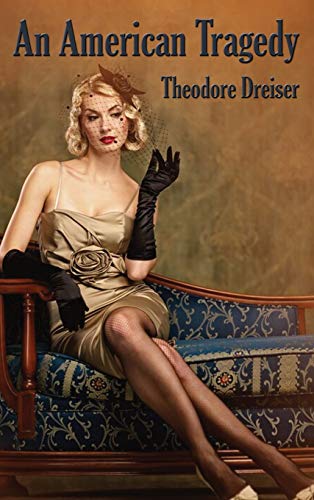






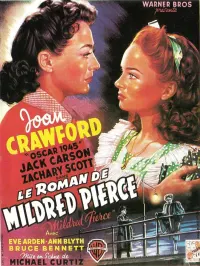




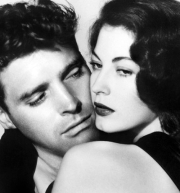













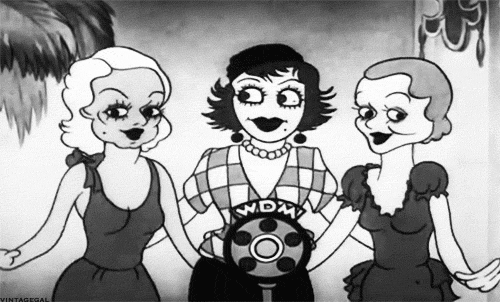


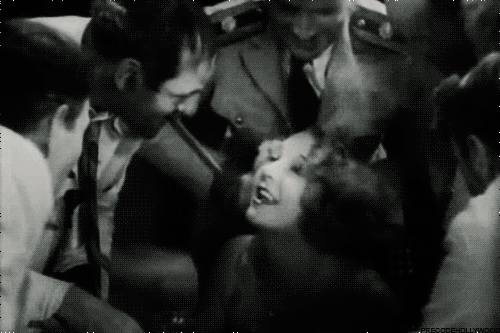


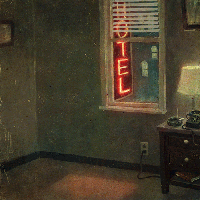




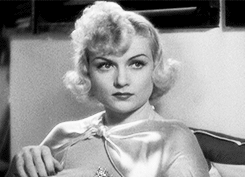
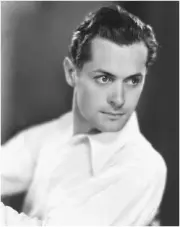
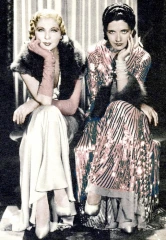





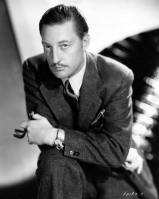




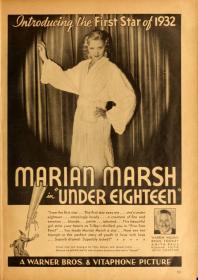
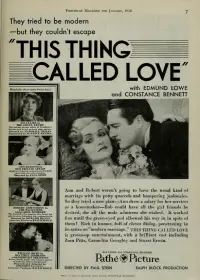

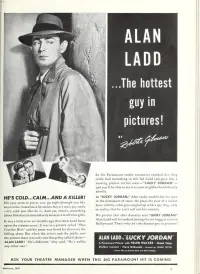
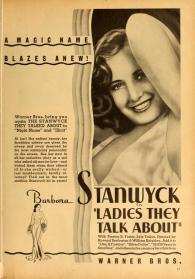

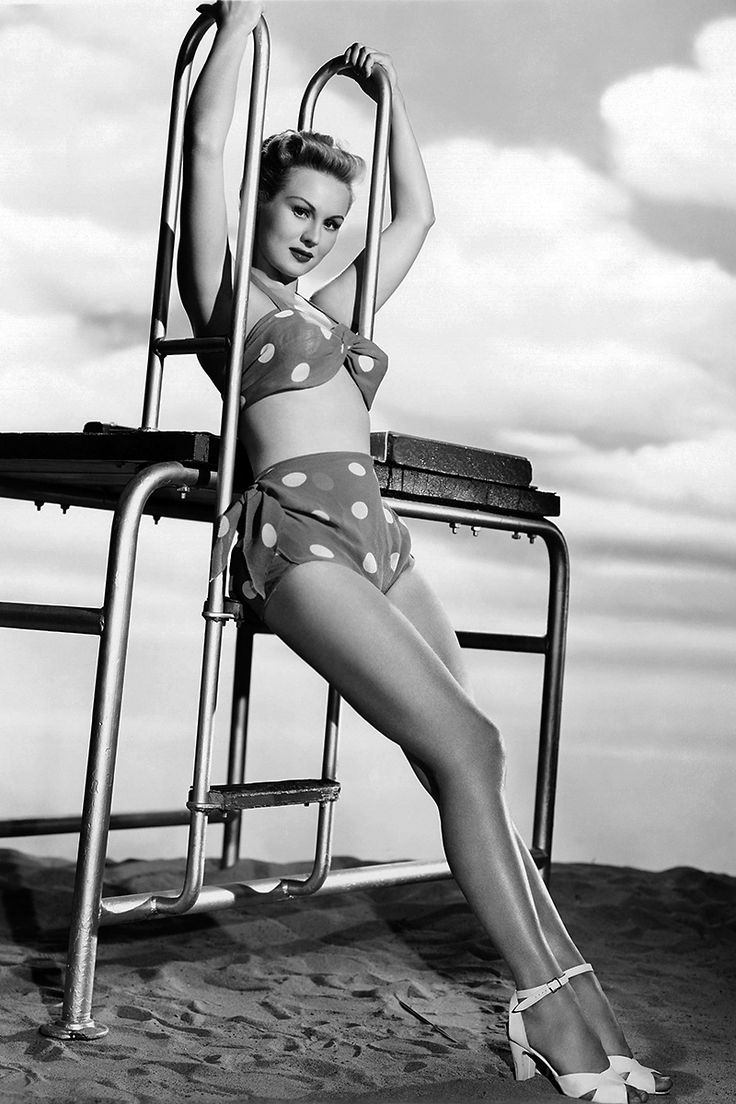







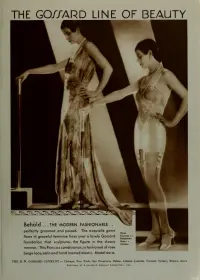

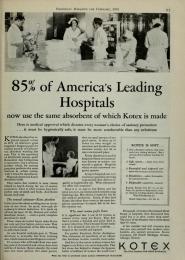

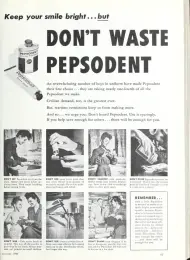


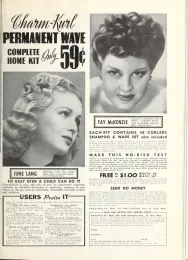





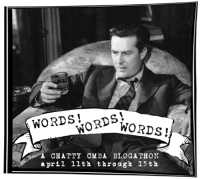

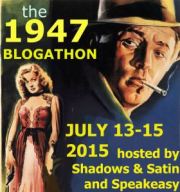

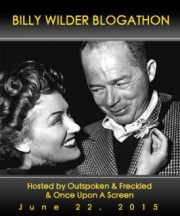





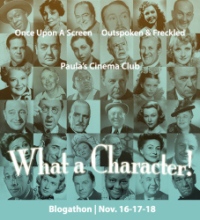



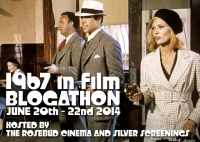


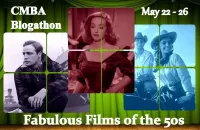
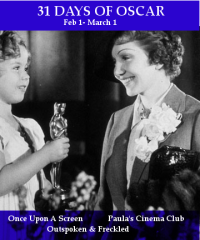








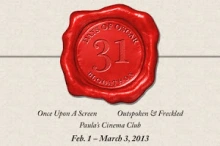




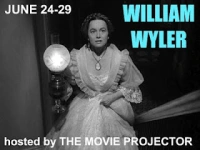





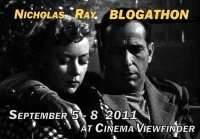

I was lucky to catch An American Tragedy as part of last’s year Pre-Code Paramount collection on Criterion Channel. I really like Sylvia Sydney’s take on her character but thought the other two leads really paled in comparison to the later adaptation. Fascinating to read your comparison of the two and the novel.
I’m currently reading a biography of Nicholas Ray, and author Willard Motley’s problems with the adaptation of his Knock on Any Door very much echo Dreiser’s, turning the book’s serious examination of youth and society into a far more conventional and cliched vehicle for Bogart. But then, your message suffers if no one cares to watch.
A Place in the Sun is near-great, but also a guilty pleasure due to it investing so much sympathy with the callow social climber at the expense of the poor working girl.
Thank you for your insightful comments, Brian. You’ve made me want to read Knock on Any Door, which I’ve had in my collection for ages, but never read! You are so right about A Place in the Sun (which I love) grabbing all the sympathy for George and none for poor Alice.
I’ve not seen the 1931 film adaptation, although I have seen A Place in the Sun (which is fabulous, of course). Even though the 1931 version may be hard to find, I’m really keen to see it based on your review. Fingers crossed it turns up soon!
I hope you get a chance to see it, Ruth. I was really surprised to see that it’s not streaming anywhere!
This movie sounds very interesting! I saw the 1951 film years ago and can recall only two things: Liz Taylor’s beautiful gown while she was playing billiards and Shelley Winters being annoying despite how wronged her character was. I imagine the pre-code version hits a lot harder. I definitely want to see it– don’t care much that Dreiser didn’t like it. So many of my favorite movies were hated by the authors of their source materials that I can’t care much.
It’s definitely worth a watch. It doesn’t grab you in the same way as A Place in the Sun, but it’s interesting in its differences, and definitely provides a more comprehensive representation of the book.
Unpopular opinion: I’ve always had a soft spot for Shelly’s performance. To me, it’s the defiantly unmufflered engine that powers the whole picture.
Silvia Sidney’s Roberta is a tear-stained valentine: She suffers politely and prettily, and her distress is tempered by her (misplaced) belief in her boyfriend’s better angels. This iteration of Dreiser’s discarded lover is infinitely more palatable in its likability than Shelley’s Alice, whose escalating panic and desperation over being pregnant and unwed isn’t softened by naïveté and a flattering wardrobe. Shelley’s Alice has seen just enough of the world to recognize that her future rests on a man standing on a trapdoor.
Though Sidney’s performance is by far the best thing about AN AMERICAN TRAGEDY, I think it’s one of the reasons that picture doesn’t hang together as well as A PLACE IN THE SUN. As Karen rightly points out, audience sympathy is with Sidney’s character — but it’s supposed to be Clyde’s story. Shelley’s vanity-free performance swings audience sympathy back to the central character, which in turn sharpens the script’s social critique.
On a totally unrelated note, I always thought it was wild that both Phillip Holmes and Montgomery Clift were both involved with Libby Holman in real life! The stories she could tell…
I think your observations about the two films are spot-on, Maudie, and I enjoyed your insights. Sylvia Sidney was much closer to Dresier’s character, and she’s definitely the best thing about An American Tragedy. Alice, conversely, and despite the fact that she’s not to blame for her condition and deserves our sympathy, really only evokes the audience’s scorn. (How dare she stand in the way of that beautiful man’s much-deserved happiness?)
That’s so wild about Holmes and Clift being involved with Libby Holman!
The great Karina Longworth once told an interviewer that a Libby Holman biography was one of her dream projects, AND I AM HERE FOR IT!
As for poor, doomed Alice, I’ve often wondered how she would’ve been received by the audience if she didn’t look like she dressed out of the lost-and-found box at the local YWCA. (The June Allyson hairdo isn’t doing her any favors either, imho.)
Shelley was a looker with a great figure — she swapped clothes with Marilyn-freaking-Monroe when they lived together, for heaven’s sake! Up until this film, she’d been marketed as a blonde bombshell, so they had to work overtime to dowdy her up.
Would it have made a difference? Would viewers have perceived Alice as more sympathetic if she was styled in a more flattering way? Would she be considered annoying, or scrappy, like Stanwyck tearing strips off a coward in a pre-code?
I ask this as someone who ALWAYS wants to see Monty and Liz together.
I think that the audience’s feeling toward the character of Alice was impacted by several things, her appearance definitely being a significant one. I also think that her pouty, sullen affect also pushed people over to George’s side and allowed them to conveniently forget that she wasn’t to blame.
Fair. And well said!
Karen — I’ve been loving your blogs for FILM MASTERS! Your ode to Peter Lorre in QUICKSAND was chef’s kiss!
Here’s a link for the unitiated:
https://www.filmmasters.com/post/quicksand
You are so kind, Maudie — thank you so, so much!!
You deserve ALL the flowers, Karen! I wish I could comment on on those wonderful blogs, but there doesn’t seem to be a way to do it. The comment icon leads nowhere and I don’t see a “leave a comment” link anywhere. (I haven’t tried via desktop though…)
How interesting! I had no idea this story was made into two films, but now I’ll have to look for both of them.
An American Tragedy is so hard to find, but it’s so worth a watch! What a great double feature the two would make!